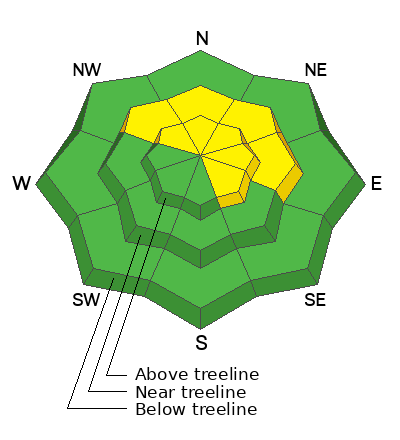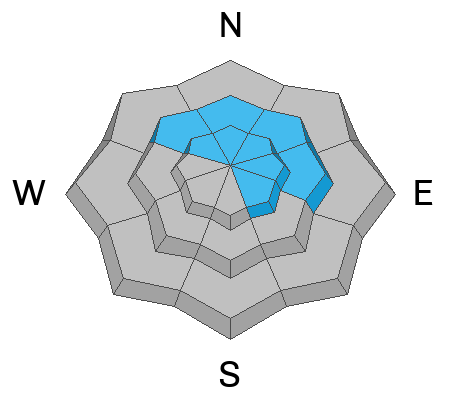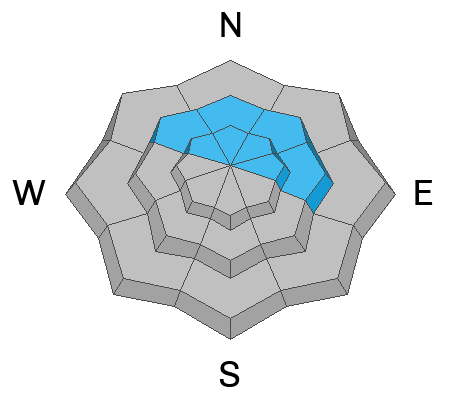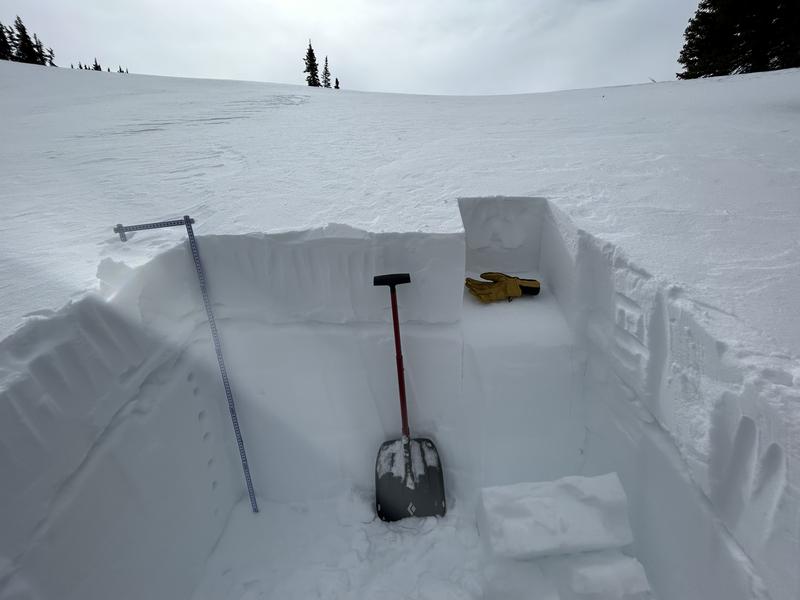Forecast for the Moab Area Mountains

Issued by Dave Garcia on
Tuesday morning, February 21, 2023
Tuesday morning, February 21, 2023
A powerful winter storm is moving into the La Sals later today. Be aware of changing conditions and a rising avalanche danger in the coming days.
Today the avalanche danger is MODERATE for slabs of wind drifted snow that exist near treeline and above on slopes that face NW-N-NE-E. This danger also exists above treeline on slopes that face SE. In some of these areas, wind slabs may be overlying a layer of weak, sugary, faceted snow and human triggered avalanches 1'-2' deep are possible. Most other terrain has generally LOW danger.

Low
Moderate
Considerable
High
Extreme
Learn how to read the forecast here









